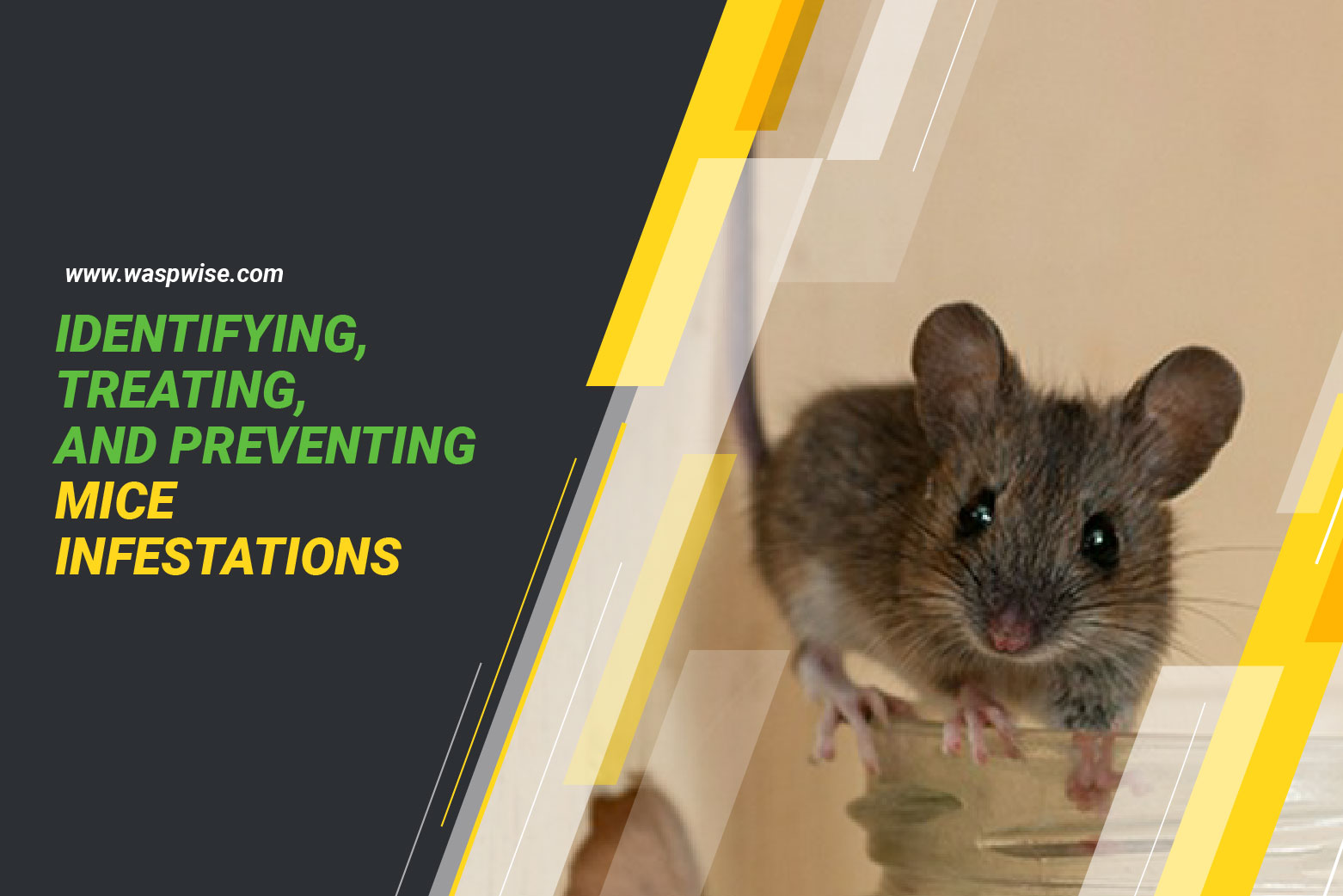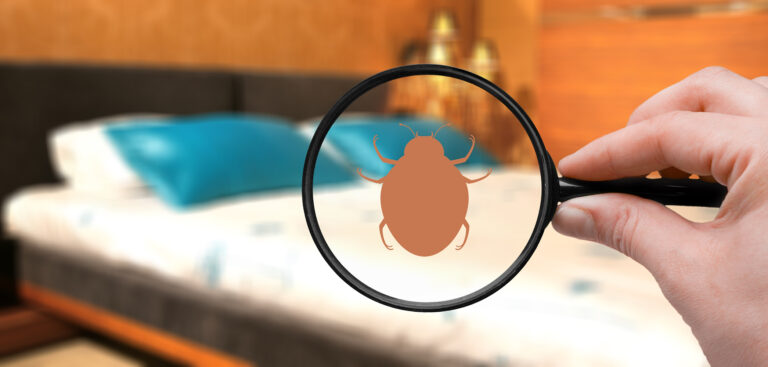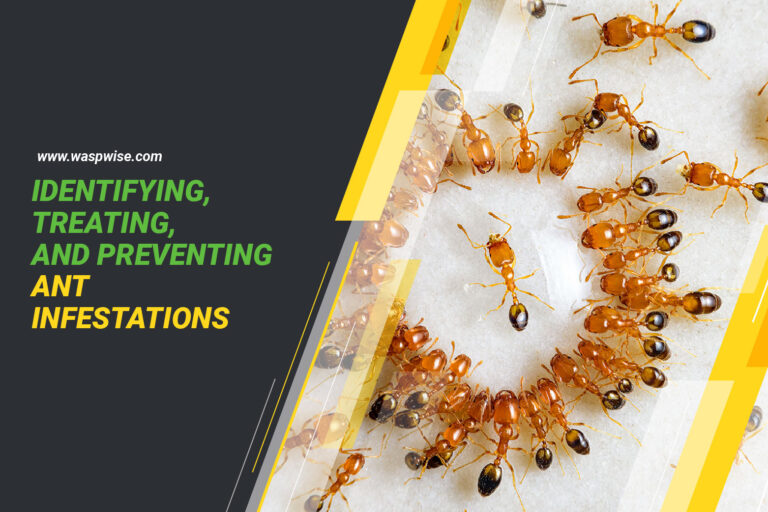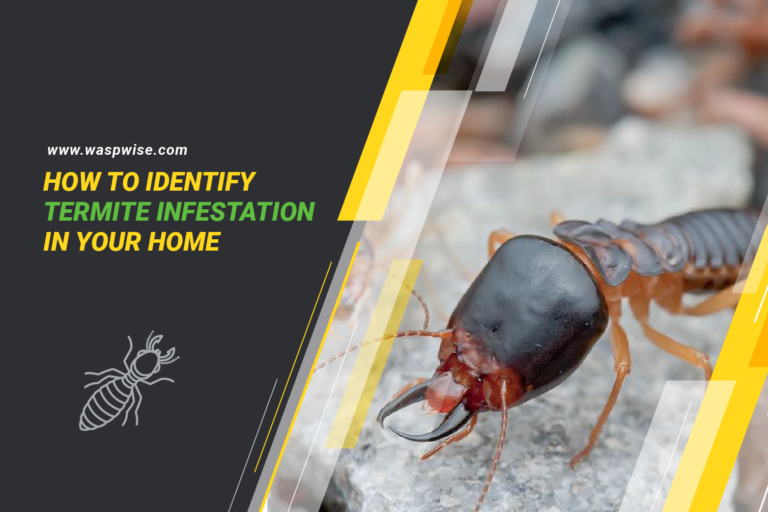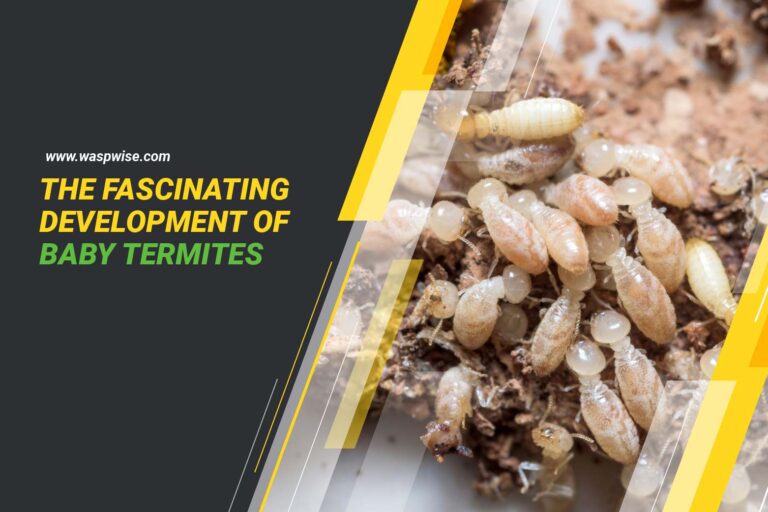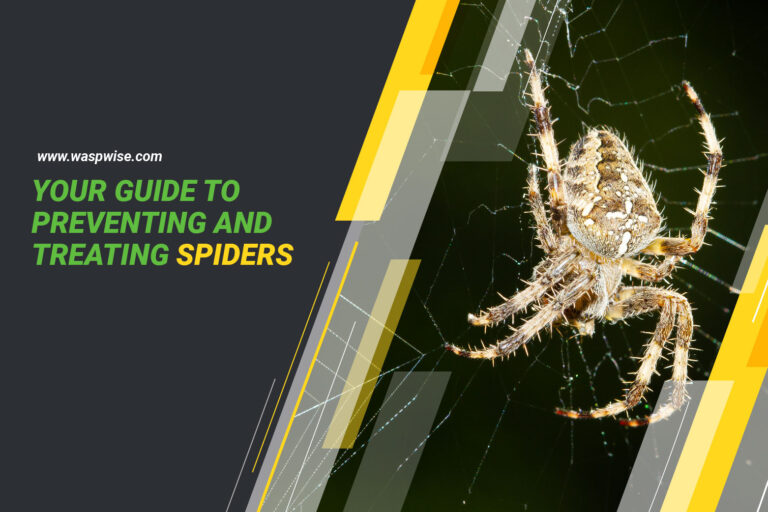IDENTIFYING, TREATING, AND PREVENTING MICE INFESTATION
Mice, seemingly harmless and small, have become a formidable household pest due to their adaptability and relentless breeding. Millions of households in the United States alone face mouse infestations annually, resulting in significant property damage and health risks.
These rodents can squeeze through tiny gaps, making them difficult to keep out of homes. Once inside, they cause destruction and transmit diseases through their droppings and urine.
Identifying Mice Infestation
Mice are expert hiders, but they leave behind telltale signs of their presence. Being able to identify these signs is the first step in addressing a potential infestation.
Physical Signs of Mice Presence
- Look for small droppings resembling grains of rice in areas like kitchen cabinets, pantries, or storage spaces.
- Check for chew marks and gnawing damage on furniture, food packages, and electrical wires.
- Investigate for nests made of shredded materials like paper, fabric, or insulation.
- Examine floors and dusty surfaces for tracks and greasy smudges caused by their oily fur.
Auditory and Olfactory Signs
- Listen for faint squeaking or scampering sounds, especially at night when mice are most active.
- Pay attention to foul odors caused by mouse urine and feces, which may linger in hidden corners.
Health Risks and Property Damage
Mice infestations go beyond being a mere annoyance; they can lead to severe health problems and property damage.
Diseases Carried by Mice
Mice are carriers of various diseases, including Hantavirus, Salmonellosis, and Leptospirosis. These diseases can be transmitted through direct contact with mice or their droppings, posing serious health risks to humans.
Allergies and Respiratory Issues
Mouse droppings and urine can trigger allergies and respiratory issues, especially in individuals with pre-existing conditions like asthma.
Structural and Electrical Damage
Mice have a strong instinct to gnaw on objects to keep their teeth trimmed. Unfortunately, this behavior can damage furniture, woodwork, and electrical wires, potentially causing electrical fires.
Professional Mice Control Treatment
When facing a mice infestation, seeking professional pest control services for a thorough and effective eradication process is best.
Initial Inspection and Assessment
A professional pest control specialist will conduct a thorough inspection of your property to identify the extent of the infestation and the entry points mice are using.
Tailored Treatment Plan Development
Based on the assessment, the specialist will develop a customized treatment plan that suits your specific infestation, ensuring targeted results.
Safe and Eco-Friendly Pest Control Methods
Professional pest control companies employ safe and environmentally friendly methods to eliminate mice, safeguarding the health of your family and pets.
Effective Extermination Techniques
Using a combination of traps, bait stations, and rodenticides, the pest control specialist will systematically exterminate the mice population.
Timely Follow-up Visits and Monitoring
To ensure complete eradication, follow-up visits and monitoring are essential to identify and address any new infestations promptly.
DIY Treatment Options
Some DIY methods can be employed as an initial response for minor infestations.
Traps and Bait Stations
Placing snap traps or glue traps in strategic locations can help catch mice. Bait stations can be used with rodenticides, but caution must be exercised to keep them out of reach of children and pets.
Rodenticides and Their Safe Usage
Rodenticides are chemical substances designed to poison mice. It is crucial to follow instructions carefully and store them securely to prevent accidental ingestion.
Sealant and Exclusion Methods
Sealing off entry points and potential access areas can help prevent mice from entering your home. Use steel wool or caulk to block small gaps and holes.
Proper Disposal of Dead Mice
When dealing with traps, wear gloves and carefully dispose of dead mice to avoid potential disease transmission.
Preventing Mice Infestation
Taking preventive measures is key to avoiding future infestations.
Maintaining a Clean and Hygienic Environment
Keep your home clean, especially in areas where food is prepared or stored. Wipe down surfaces and regularly sweep to eliminate food debris that may attract mice.
Proper Food Storage and Waste Management
Store food in airtight containers and promptly dispose of food waste in tightly sealed trash cans.
Sealing Entry Points and Potential Access Areas
Inspect your home for gaps and cracks, and seal them to prevent mice from entering.
Regular Inspection and Maintenance
Perform routine property inspections to catch potential entry points early and address them promptly.
Landscaping and Yard Maintenance Tips
Trim bushes and trees away from your home, as these can serve as potential pathways for mice.
When to Seek Professional Help
While DIY methods can be useful for minor infestations, there are instances when professional help is necessary.
Assessing the Severity of Infestation
A professional inspection is crucial if you are unsure of the extent of the infestation or if it has spread to hidden areas.
Challenges of DIY Methods
Mice are adaptable creatures and may develop resistance to certain DIY treatments, making professional intervention necessary.
The Value of Preventive Measures
Professional pest control specialists can provide valuable advice on preventive measures tailored to your property’s unique needs.
Mice infestations can be harmful to both your health and property. Identifying the signs of infestation, seeking professional pest control treatment, and implementing preventive measures are essential to eradicating mice and keeping your home rodent-free.

